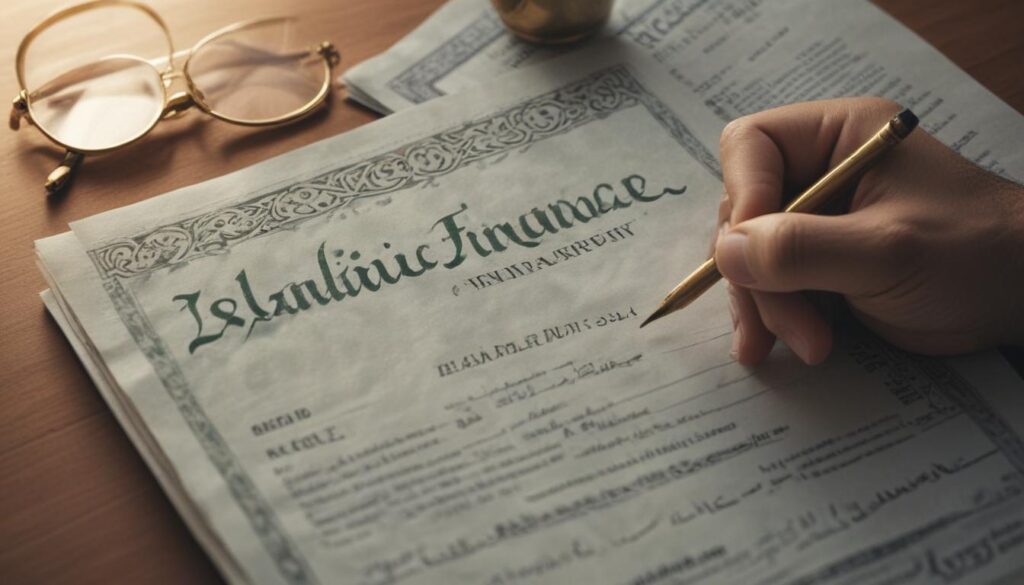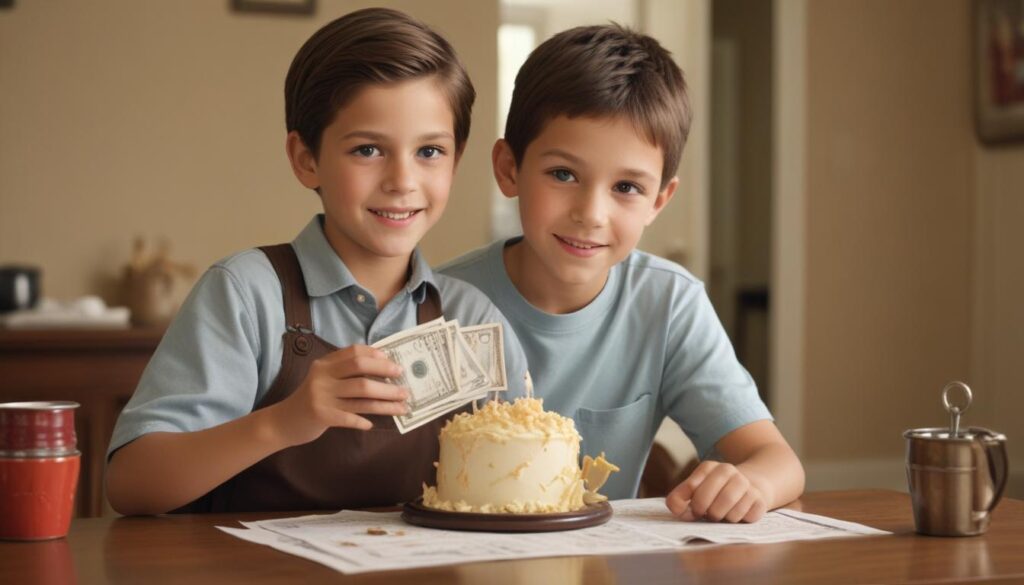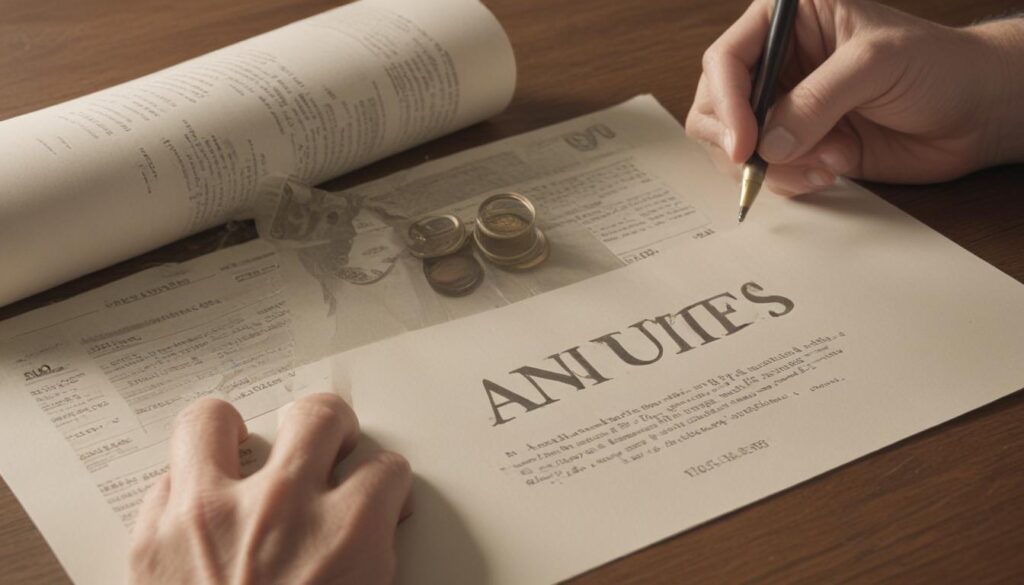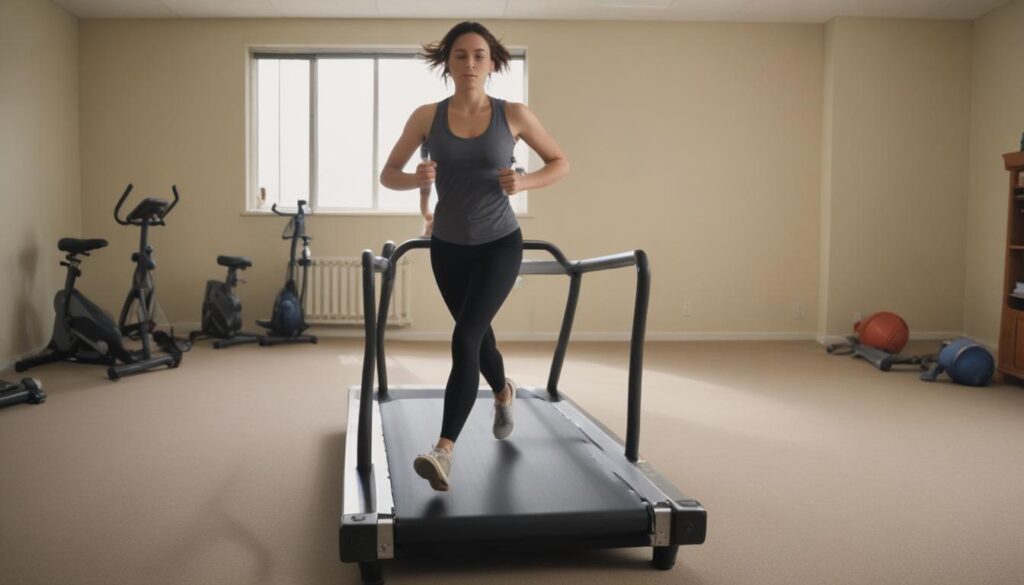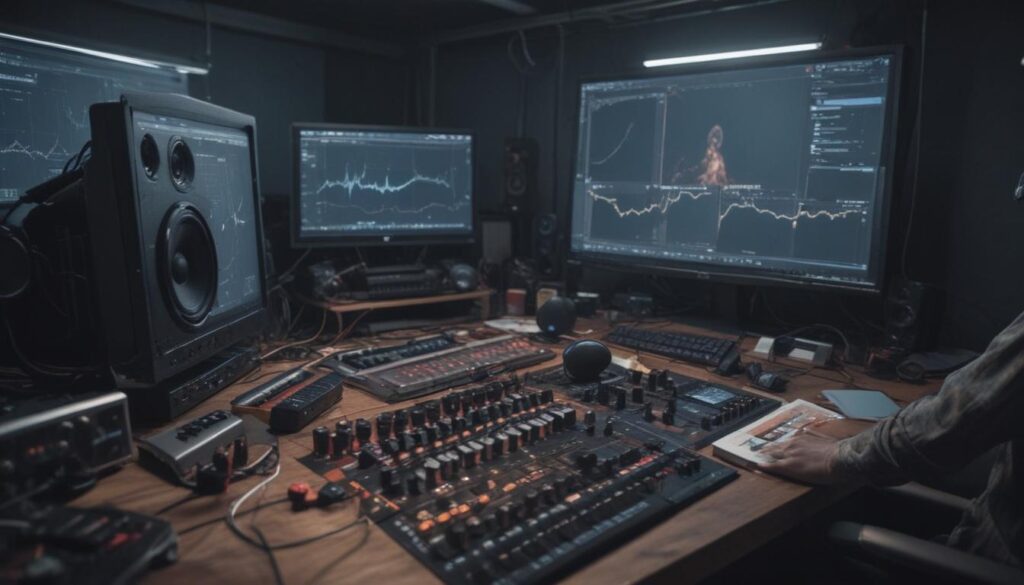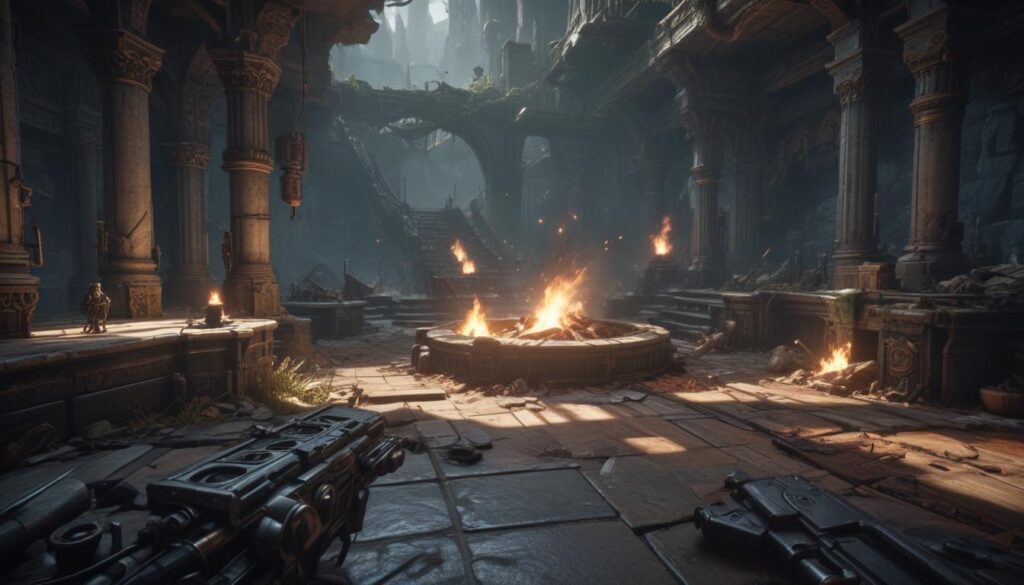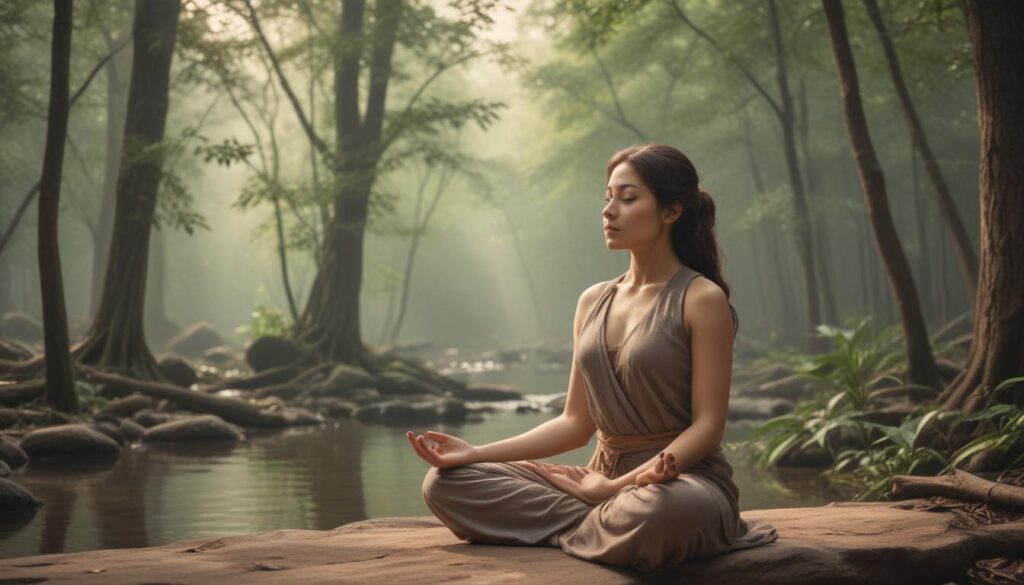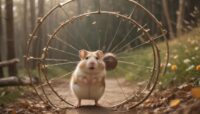Now Reading: Awaken Your Inner Artist
- 01
Awaken Your Inner Artist
Awaken Your Inner Artist
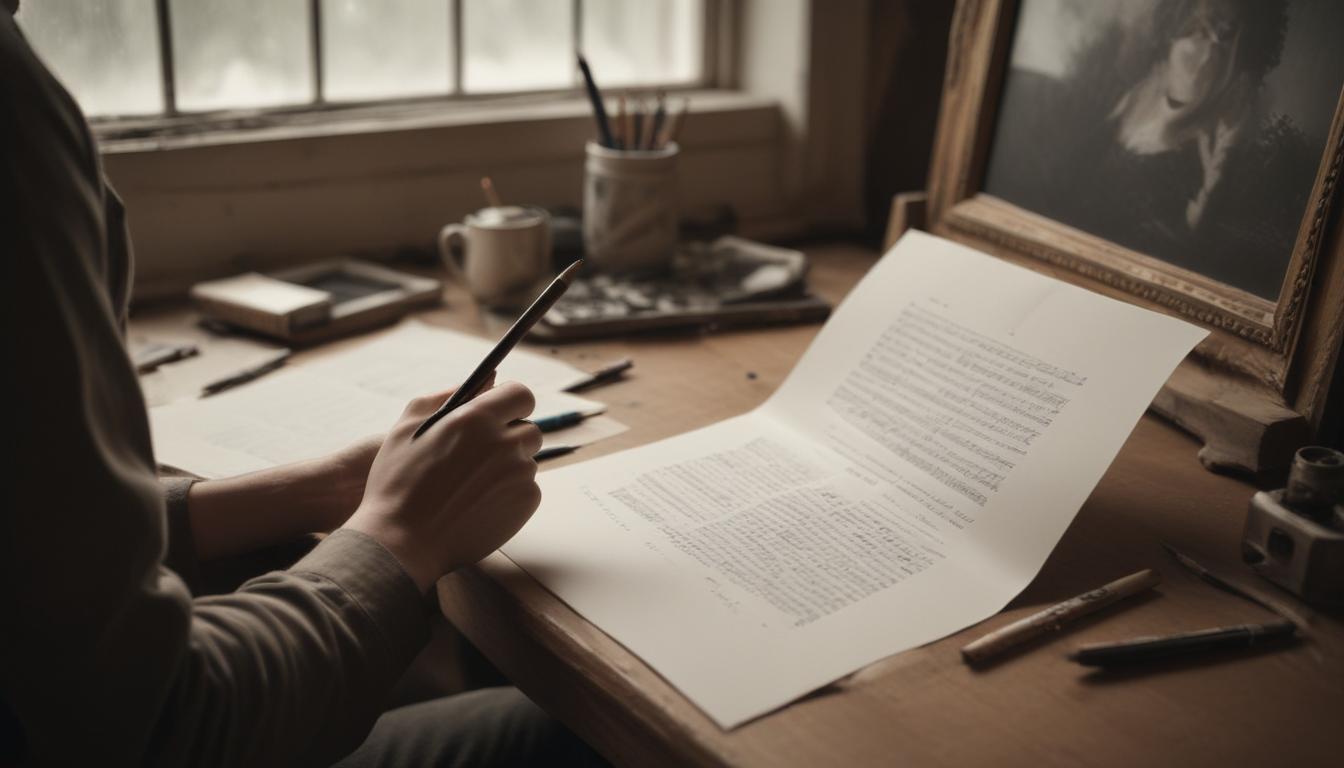
Cultivating Creativity Unleashing Your Inner Artist
Do you ever stare at a blank page, a silent instrument, or an unfinished project and feel a wave of… nothing? That quiet, nagging voice in your head might be whispering that you’re just not a creative person. In a world that prizes productivity and measurable results, the free-flowing, often messy process of creation can feel intimidating, even frivolous. Many of us have been led to believe that creativity is a rare gift bestowed upon a select few, the “artists” and “geniuses” of the world. The pressure to create something brilliant on the first try can be so paralyzing that we don’t even start.
But what if creativity isn’t a magical talent, but a fundamental human skill? Think of it less like a lightning strike of inspiration and more like a muscle. With the right mindset, consistent exercise, and a nurturing environment, anyone can strengthen their creative abilities. It’s not about becoming the next Picasso overnight; it’s about reconnecting with your innate curiosity, learning to play again, and giving yourself permission to explore without judgment. This guide will walk you through practical, gentle steps to clear the mental clutter and finally unleash the vibrant inner artist waiting within you.
Redefining Your Relationship with Creativity
The first and most crucial step in cultivating creativity is to change how you think about it. We often romanticize the idea of the lone genius, struck by a sudden, world-changing idea. The reality is far more accessible. Creativity is simply the act of connecting existing ideas in new ways. It’s problem-solving, it’s asking “what if,” and it’s looking at the world with fresh eyes. It exists in the way you arrange furniture, the unique solution you find for a work challenge, or the story you tell your child at bedtime. It is not an exclusive club; it’s a part of the human experience.
To truly embrace this, you must learn to silence your inner critic. That voice that tells you your idea is silly, that you’re not good enough, or that you’re wasting your time is the single biggest barrier to creative expression. Give yourself permission to be a beginner. Nobody picks up a guitar and plays a perfect solo on the first day. They stumble through chords, they make unpleasant sounds, and they practice. The same is true for writing, painting, or any creative endeavor. The goal is not perfection; the goal is practice. Embrace the messy, awkward, and imperfect first drafts as essential steps on the journey.
Embrace Playful Curiosity
Think back to when you were a child. You likely created things without a second thought. You built elaborate forts from blankets, drew purple skies, and invented entire worlds for your toys. This was creation driven by pure, playful curiosity, free from the pressure of an end result. As adults, we can consciously reintroduce this sense of play into our lives. This means engaging in low-stakes creative activities purely for the fun of it. Doodle in a notebook during a meeting, hum a new melody while you do the dishes, or try writing a short poem about your morning coffee.
This playful mindset is fueled by curiosity. Actively start asking questions about the world around you. Instead of just walking down the street, notice the patterns in the brickwork or the way the light hits a window. Ask yourself “What if I tried cooking this recipe with a completely different ingredient?” or “What if I wrote a story from the perspective of my dog?” By constantly feeding your mind with questions and observations, you provide it with the raw material it needs to make novel connections, which is the very essence of a creative spark.
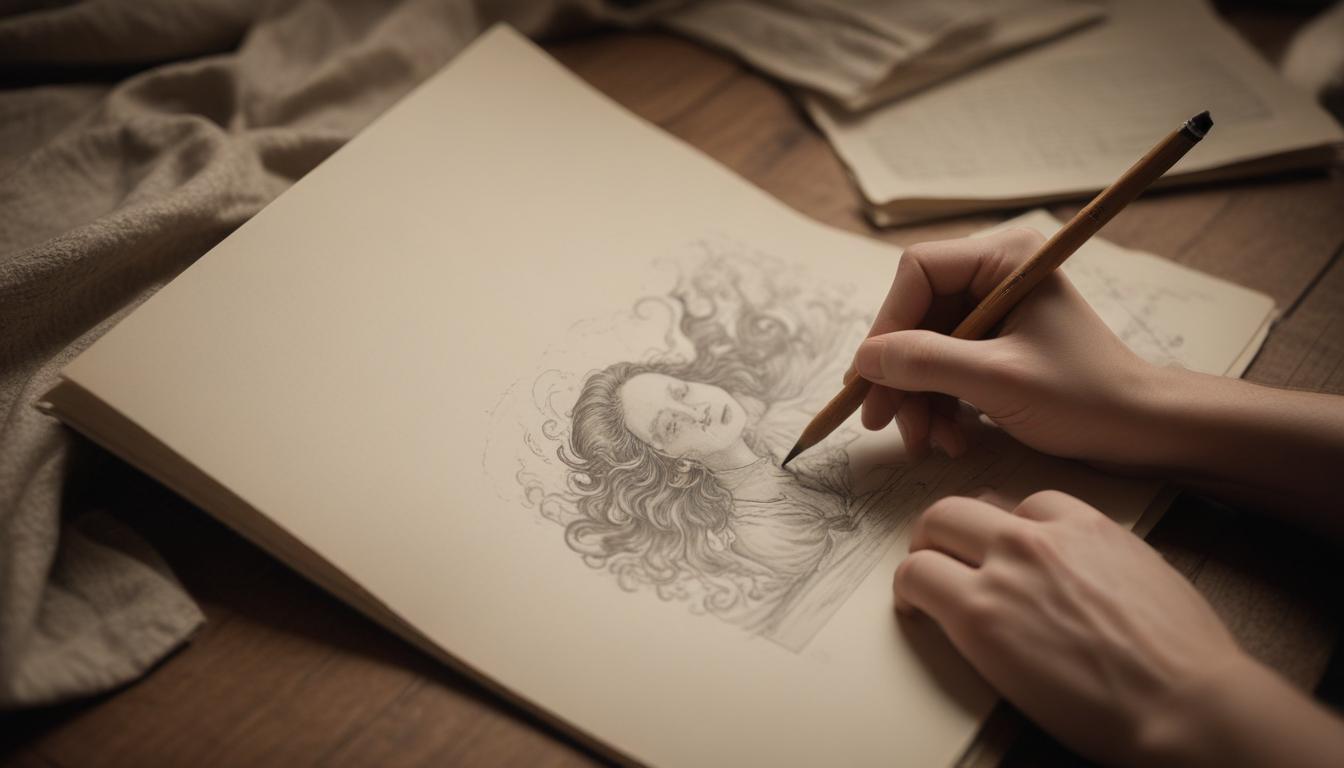
Building Sustainable Creative Habits
Inspiration is not a reliable visitor; you cannot simply wait for it to arrive. The most prolific and successful creative individuals rely not on fleeting moments of genius, but on consistent, disciplined habits. The key is to make your creative practice a non-negotiable part of your routine, even when you don’t feel “inspired.” This dismantles the myth that you need large, uninterrupted blocks of time to create. In reality, 15 minutes of focused creative work every day is far more powerful than waiting for a free four-hour window that may never come.
A powerful way to maintain momentum is through “creative cross-training.” If you’re a writer, try spending an afternoon with a camera or a sketchbook. If you’re a musician, try visiting an art gallery or taking a pottery class. Engaging in different creative forms stimulates different parts of your brain and prevents burnout. It shows you that the core principles of creativity—observation, experimentation, and expression—are universal. This practice enriches your primary craft by providing you with new perspectives and a deeper well of experiences from which to draw.
The Art of Input and Output
Your creative mind is like a garden; it cannot produce fruit without being watered and nourished. This is the “input” phase of creativity. You must actively and intentionally consume a wide variety of materials. Don’t just stick to your favorite genre of book or music. Read a book on a topic you know nothing about, like marine biology or ancient history. Listen to a playlist from a genre you typically avoid. Watch a foreign film, visit a local museum, or simply take a walk through a part of town you’ve never explored. The more diverse your inputs, the more unexpected and interesting the connections your brain can make.
Once you have filled your well with input, you must commit to “output.” This is the act of doing, regardless of the outcome. One of the most effective habits is to start a simple, daily practice. This could be writing “morning pages”—three pages of longhand, stream-of-consciousness writing as soon as you wake up. It could be a five-minute daily sketch in a small notebook or committing to taking one interesting photo every day. The purpose of these exercises is not to create a masterpiece. It is to build the habit of showing up and moving the pen, the brush, or the camera. This consistency demystifies the creative process and proves to you that you are, in fact, someone who creates.





